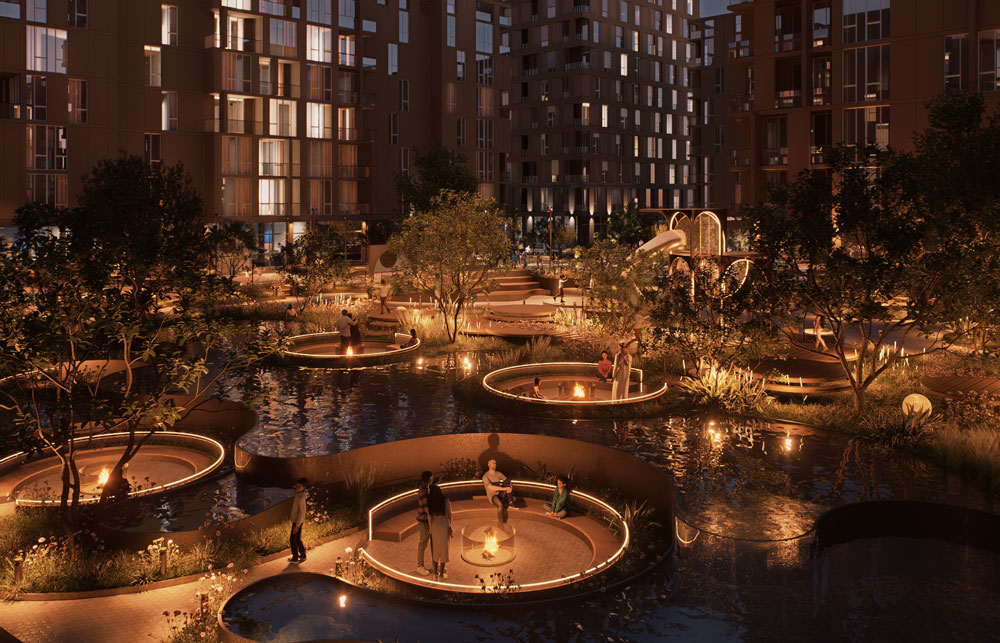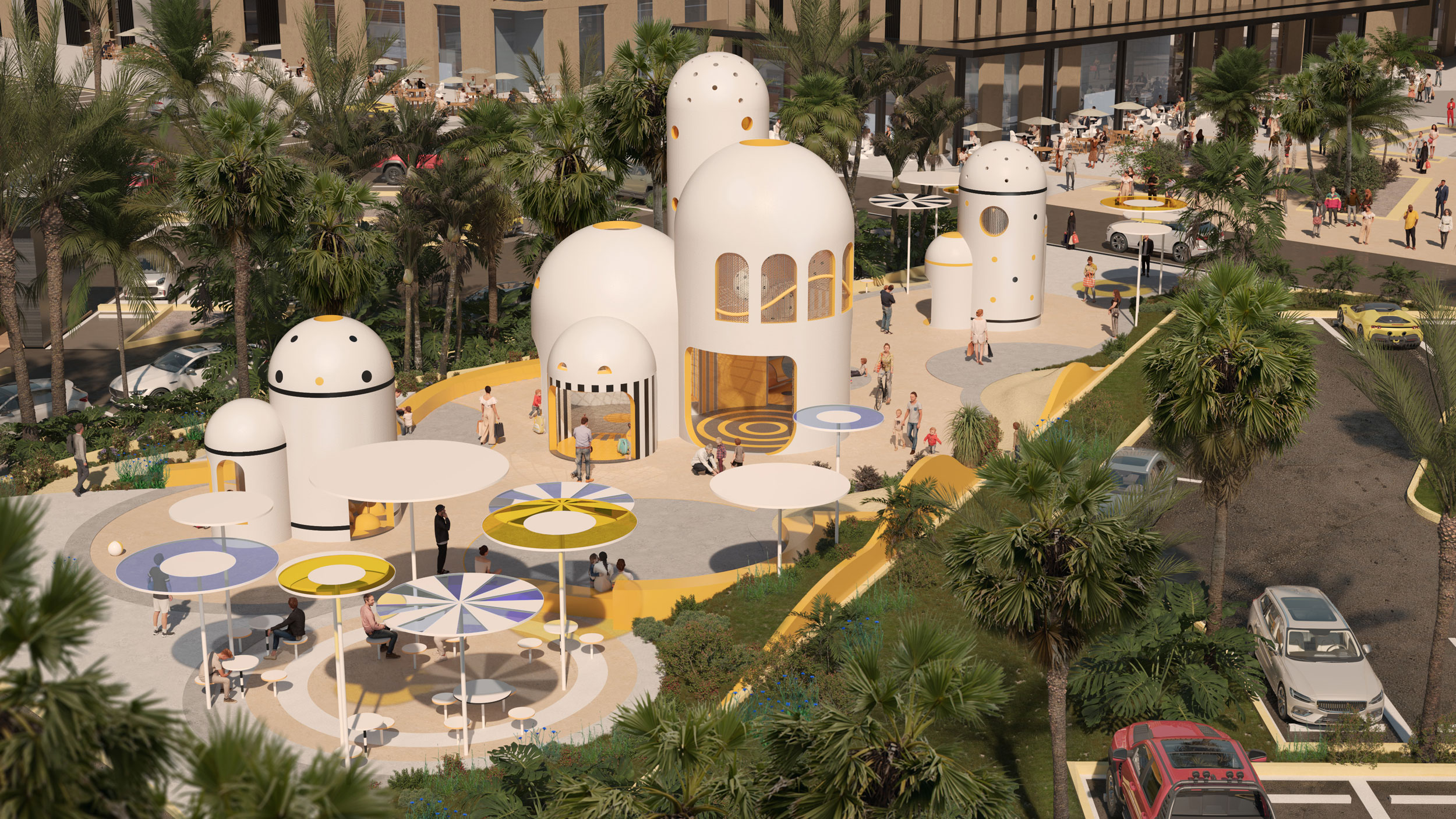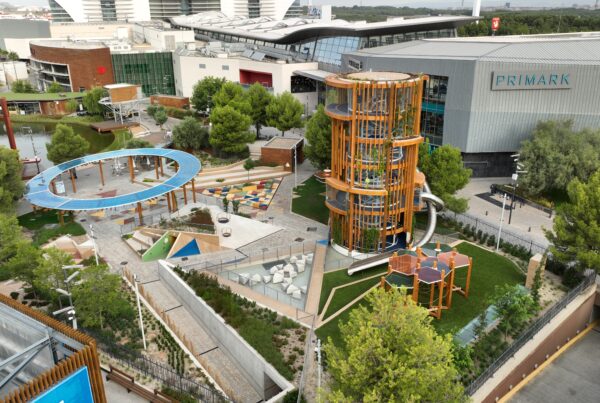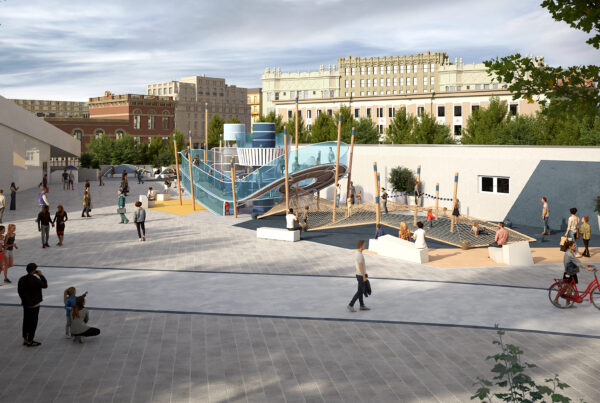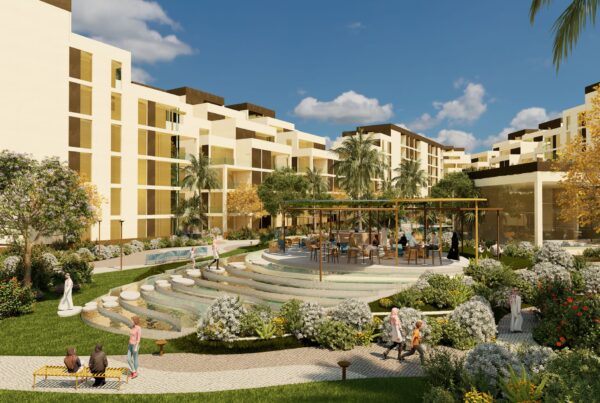Why leisure-driven design is reshaping residential developments
As urban life evolves, so do the expectations of those who inhabit it. Residential environments are no longer judged solely by the quality of private interiors, but by the experiences offered beyond the front door. More than ever, shared spaces matter. They are where communities form, where lifestyles unfold, and where value, social, emotional, and economic, is built.
This is where the integration of leisure into residential design proves to be a powerful differentiator.
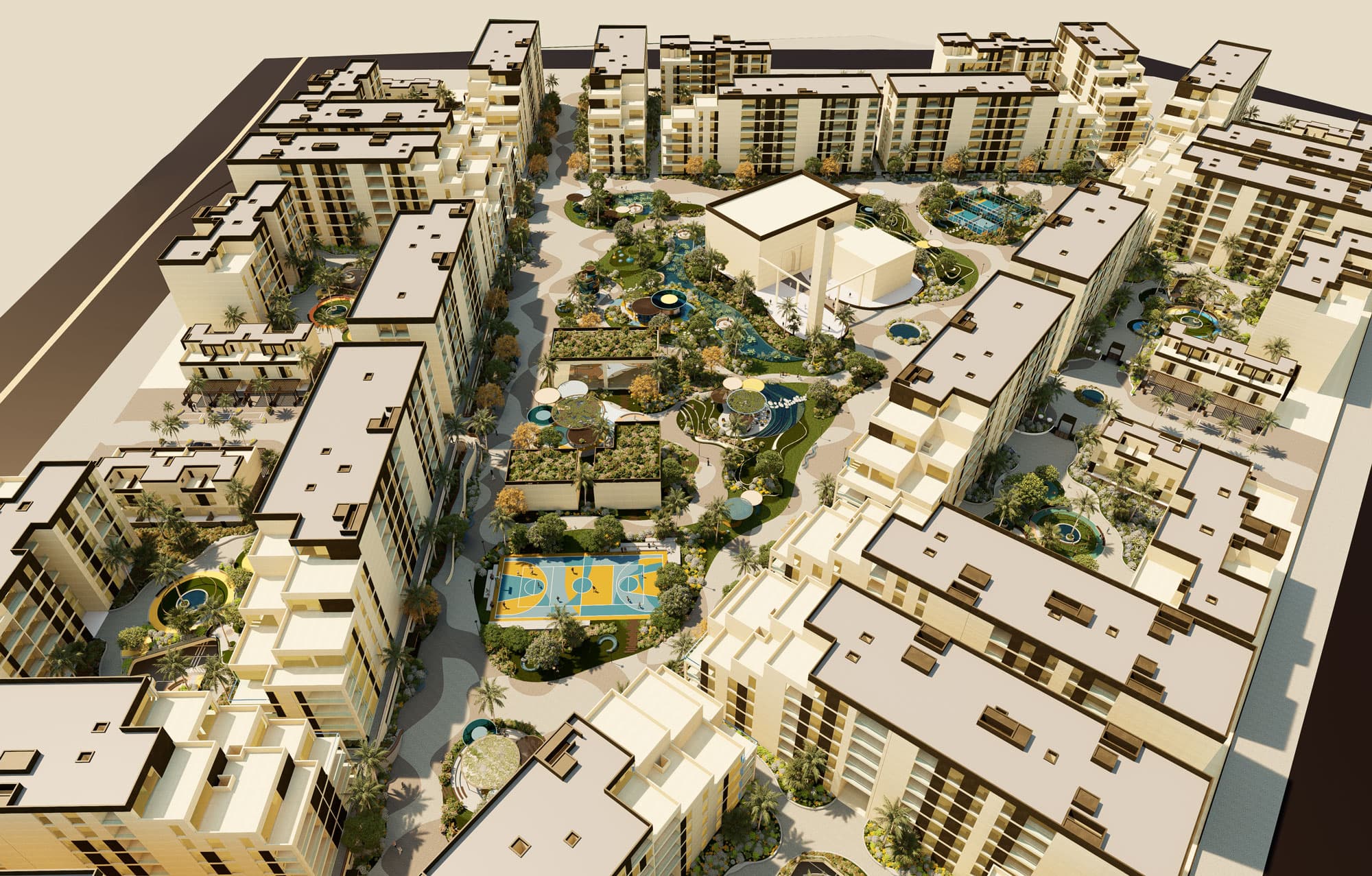
Beyond aesthetics: leisure as a connector
Introducing leisure into common areas does more than enhance visual appeal. It activates space. Playgrounds, sensory gardens, shaded seating areas, and intergenerational meeting points foster organic interaction between neighbors, support family life, and promote a healthier, more connected daily routine.
In a market where residents are increasingly seeking meaning and well-being from their surroundings, these shared spaces become essential tools for building community identity.
Increased value for developers and investors
From a development perspective, leisure-thought spaces offer a strategic advantage. Well-designed common spaces:
- Boost attractiveness and sales appeal: Homes within developments that offer thoughtful, high-quality leisure areas tend to stand out in competitive markets.
- Support brand positioning: For developers aiming to create a unique residential concept, custom-designed leisure features offer a distinctive edge.
One example by theleisureway: in a recent project for a new residential development, a tailored play structure, designed as a sculptural, nature-inspired landmark, became an instant identity marker for the development, drawing attention even before full construction was complete. This type of intervention not only enhances the day-to-day experience but also adds character and visibility to the entire scheme.
Supporting well-being and social cohesion
At its core, leisure is about offering people opportunities to enjoy time differently. In residential contexts, this often means:
- Encouraging outdoor activity and physical movement
- Creating safe spaces for children to explore
- Providing areas for informal conversation and spontaneous gatherings
- Supporting quiet moments of relaxation and reflection
These benefits ripple through the community, promoting healthier habits, stronger neighborly bonds, and a sense of shared ownership that traditional residential planning often overlooks.
Blending leisure into residential design is not a luxury. It is a long-term investment in quality of life.
